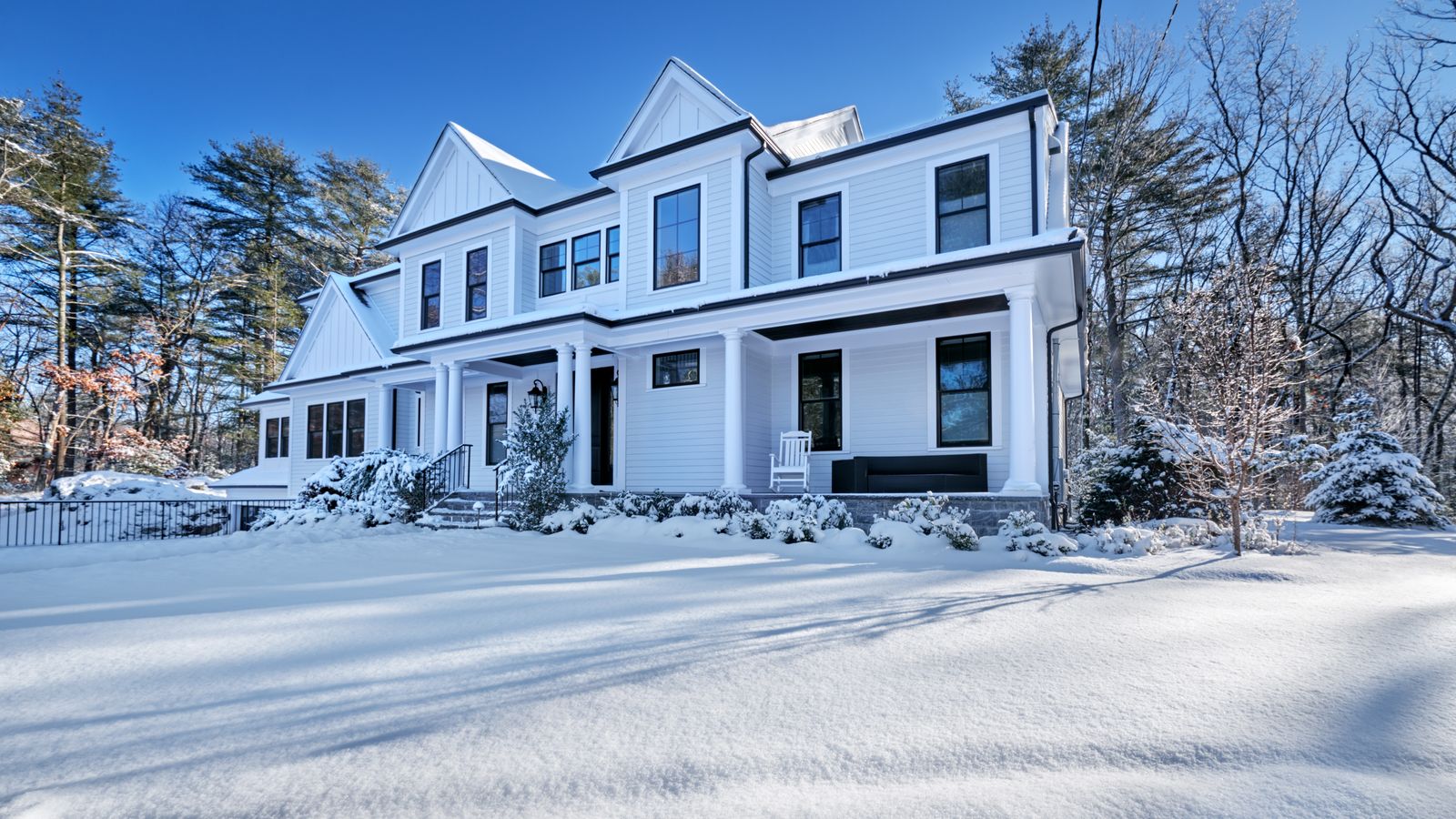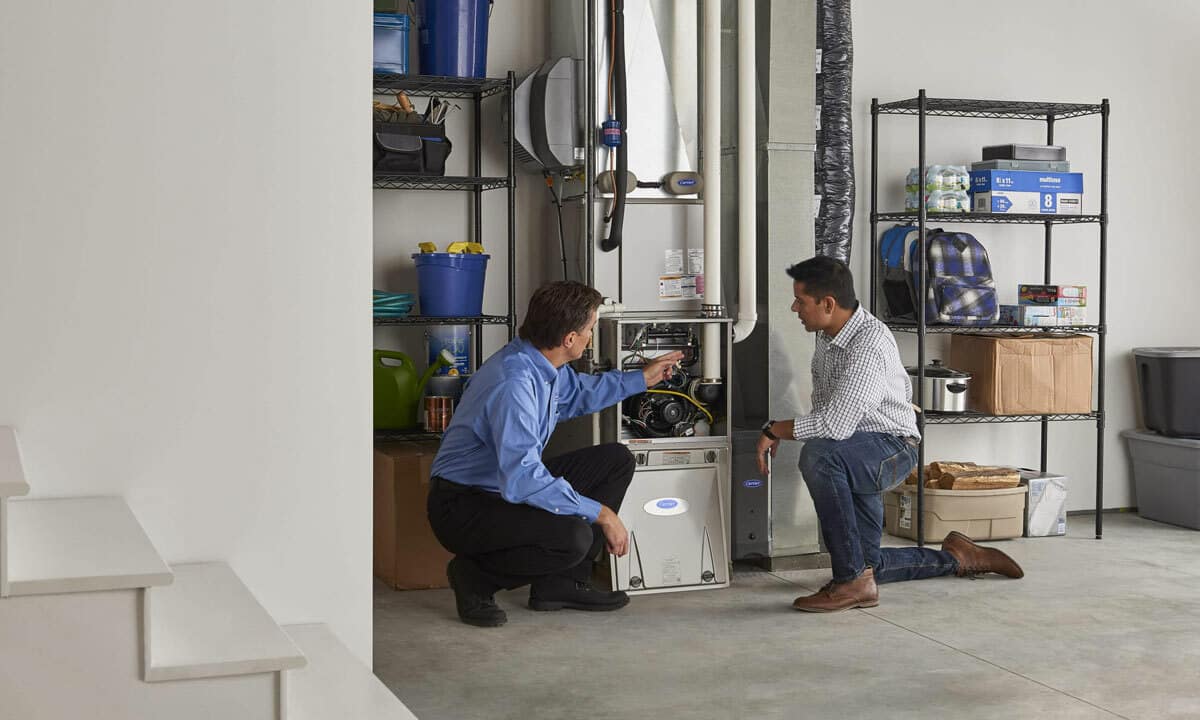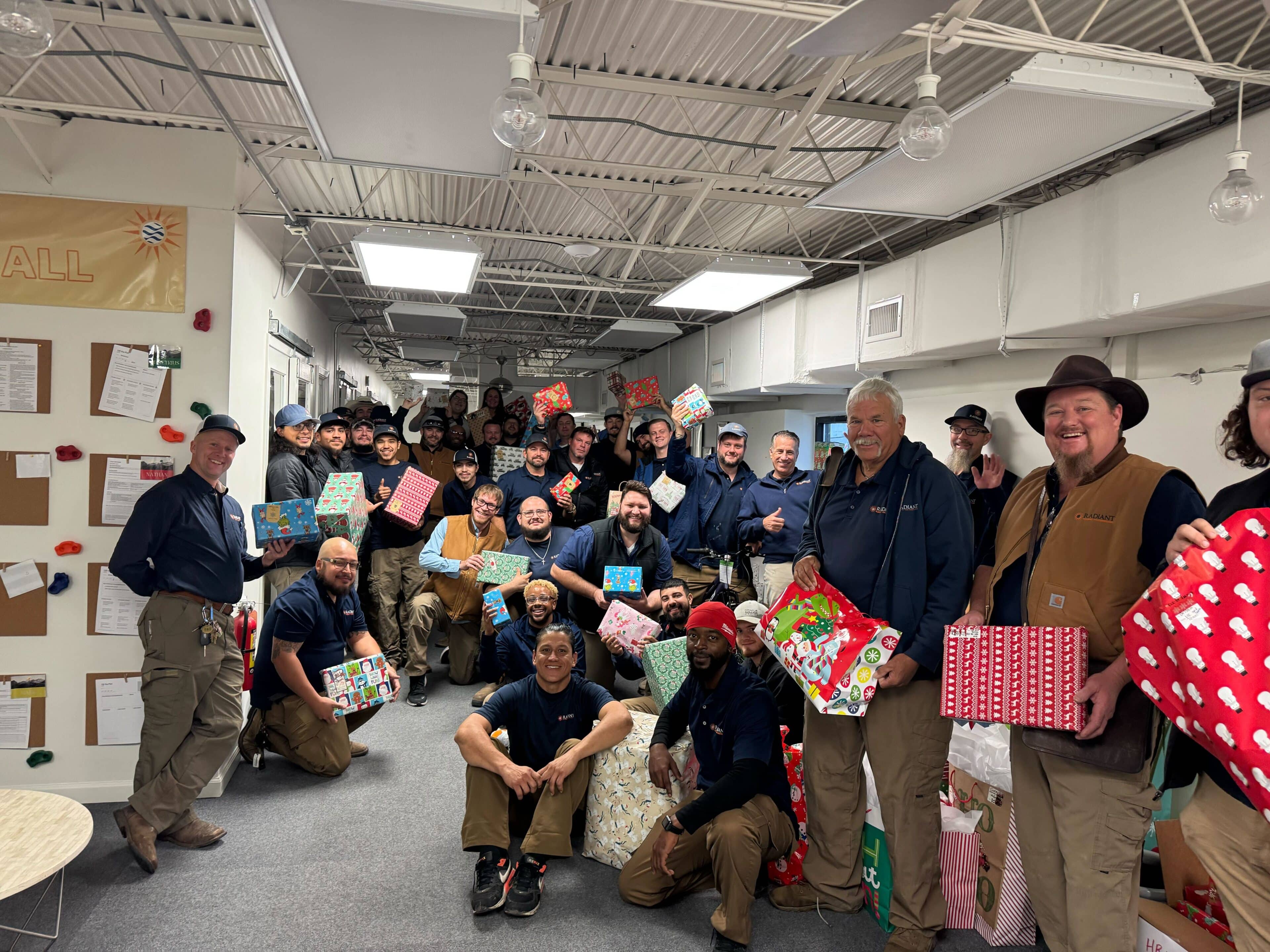Frozen pipes in the depths of winter can lead to serious damage if not addressed immediately. Taking the right steps is crucial to protect your home and prevent costly repairs. This guide outlines how to effectively manage frozen pipes, helping you act promptly to minimize risks and maintain the integrity of your plumbing system.
Recognize the Signs of Frozen Pipes
Before taking action, make sure frozen pipes are the problem. Spotting the signs early can save you time, stress, and money.
Common Indicators
- No Water Flow: If you turn on a faucet and only a trickle of water—or no water at all—comes out, it’s likely a frozen pipe. This often happens in colder areas of the home, like basements or near exterior walls.
- Frost on Pipes: Exposed pipes in areas like basements, crawl spaces, or under sinks may show frost or icy buildup, a clear sign the water inside has frozen.
- Unusual Odors: Odd smells coming from drains or faucets may mean a blocked pipe. Frozen pipes can trap odors that would normally flow through the plumbing system.
If any of these signs show up, it’s time to act quickly to prevent further issues.
Immediate Steps to Take When You Suspect Frozen Pipes
Frozen pipes don’t always burst immediately. Taking smart precautions can lower the chances of damage and help you manage the situation safely.
Step 1: Turn Off the Main Water Supply
Find your home’s main water shut-off valve, typically near the water meter or where the main line enters the house, such as in the basement or utility room. Shutting off the water supply prevents extra pressure from building up in the frozen pipe, reducing the risk of a burst.
Step 2: Open Your Faucets
After you’ve turned off the water supply, open the faucets connected to the frozen pipe. Open both the hot and cold handles to relieve pressure inside the plumbing. This allows water or steam to escape as the ice melts, which helps prevent bursting.
Step 3: Open Cabinet Doors
If the frozen pipe is under a sink, open the cabinet doors to let warm air circulate around the plumbing. This can help thaw the pipe faster, especially in areas that tend to stay colder.
Step 4: Turn Up the Heat
Increase your thermostat to warm the area where the frozen pipe is located. Even a slight temperature increase can help. If you have a space heater, you can direct heat toward the affected area—but always follow safety instructions to prevent fire risks.
Why You Should Skip DIY Thawing
It’s tempting to handle frozen pipes on your own, but certain methods can cause more harm than good.
Risks of DIY Methods
- Damaged Pipes: Overheating pipes or using improper tools, like a blowtorch, can weaken or crack the material, leading to expensive repairs.
- Fire Hazards: Tools like heat guns and blowtorches are unsafe for indoor use and may cause fires.
- Incomplete Thawing: Ice blockages aren’t always visible. DIY efforts might only partially melt the ice, leaving pipes vulnerable to future freezing or bursting.
When in doubt, calling a professional plumber is the safest choice.
Why Professional Help Matters
Frozen pipes can be tricky, especially when they’re hidden behind walls or in hard-to-reach spots. Professionals have the tools and skills to handle the situation effectively.
How Radiant Can Help
- Thorough Inspection: Radiant Plumbing & Air Conditioning will inspect your plumbing to locate frozen pipes, even those you might not have noticed.
- Safe Thawing Techniques: Our team uses specialized equipment to safely melt the ice without damaging pipes.
- Preventative Solutions: Once the immediate issue is handled, we can recommend long-term fixes like pipe insulation, sealing drafts, or installing heat tape to guard against future freezing.
Don’t wait for frozen pipes to turn into a plumbing emergency. Our team is ready to assist 24/7.
Preventing Frozen Pipes in the Future
The good news is that frozen pipes can be avoided with a few proactive steps.
Tips for Prevention
- Insulate Pipes: Cover exposed pipes in unheated spaces like attics, basements, or crawl spaces with materials like foam insulation or heat tape.
- Seal Drafts: Look for gaps around windows, doors, and areas where pipes enter your home. Use caulk or weatherstripping to close them.
- Keep Faucets Dripping: Letting a small stream of water flow through faucets can keep pipes from freezing during extreme cold.
- Disconnect Outdoor Hoses: Drain and store outdoor hoses, and shut off the water supply to outdoor faucets. Cover spigots with insulation kits for extra protection.
- Maintain Steady Heat: Set your thermostat to at least 55°F, even when you’re not home. Consistent warmth helps protect pipes.
Trust Radiant for Your Frozen Pipe Emergencies
Frozen pipes can quickly escalate into a plumbing nightmare, causing extensive water damage and costly repairs. When you need fast, reliable service to address the issue and prevent future problems, Radiant Plumbing & Air Conditioning is here to help. Our team of skilled technicians is equipped with the knowledge and tools to safely thaw your pipes and restore your home’s plumbing system.
At Radiant, we understand the importance of prompt action when it comes to frozen pipes. That’s why we offer 24/7 emergency plumbing services to homeowners in Austin, San Antonio, and the surrounding areas. Our commitment to exceptional customer service, skilled workmanship, and transparent pricing sets us apart as the go-to plumbing contractor in Central Texas.
Don’t let frozen pipes disrupt your daily life or put your home at risk. To schedule emergency service or to learn more about our preventative solutions, call Radiant at (833) 656-4056 or email us at [email protected]. With Radiant, your home comfort is our top priority.








